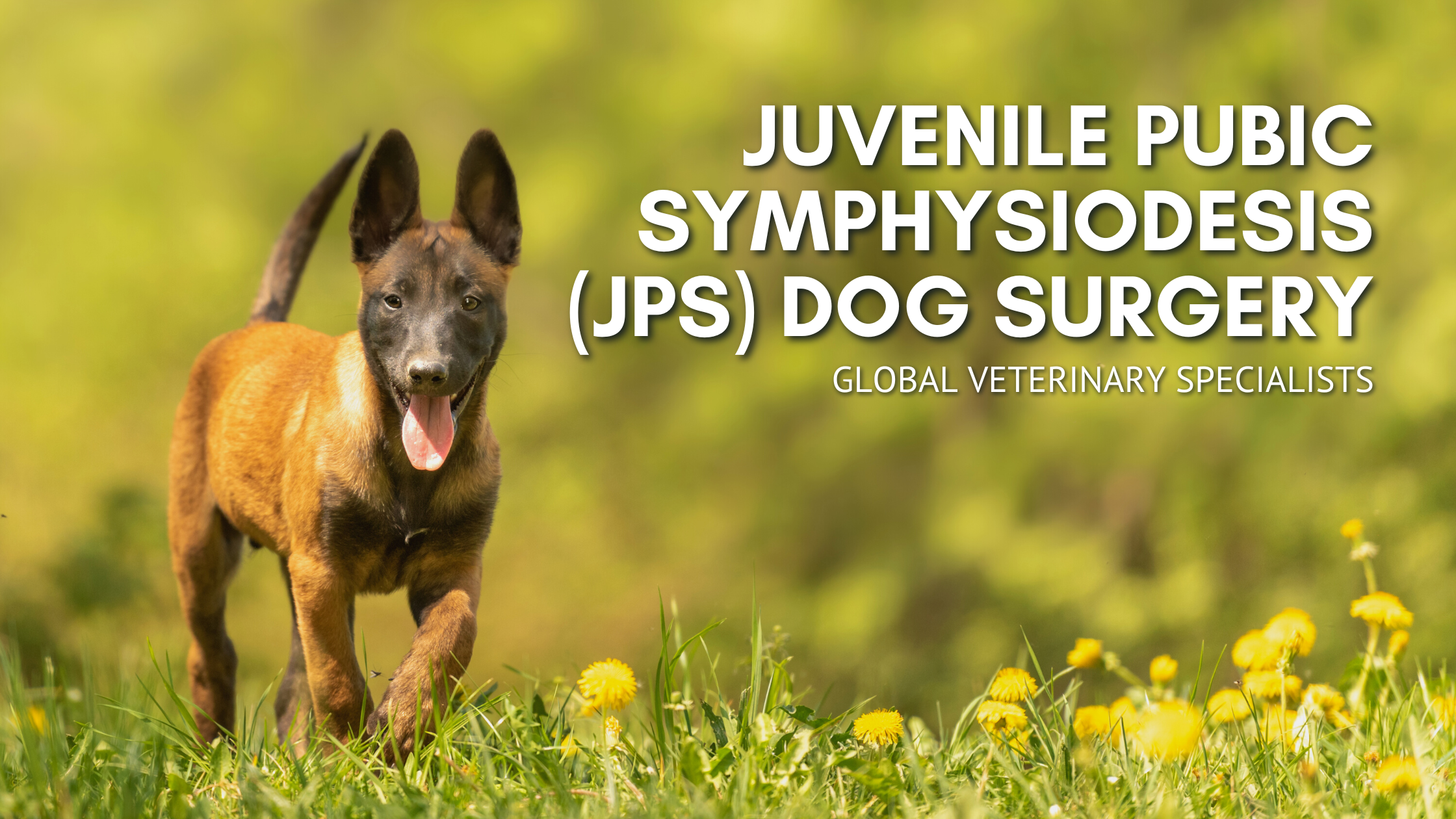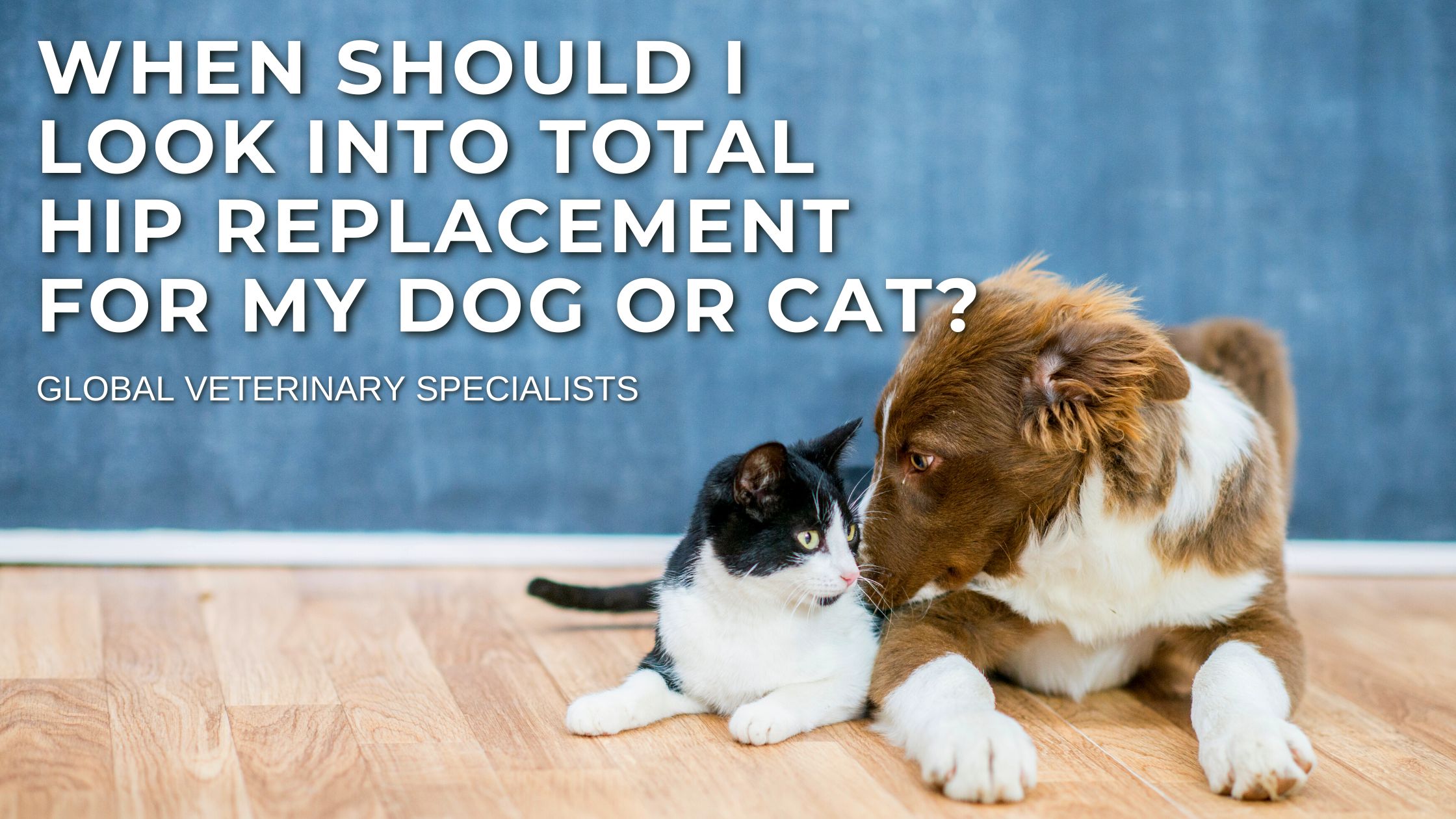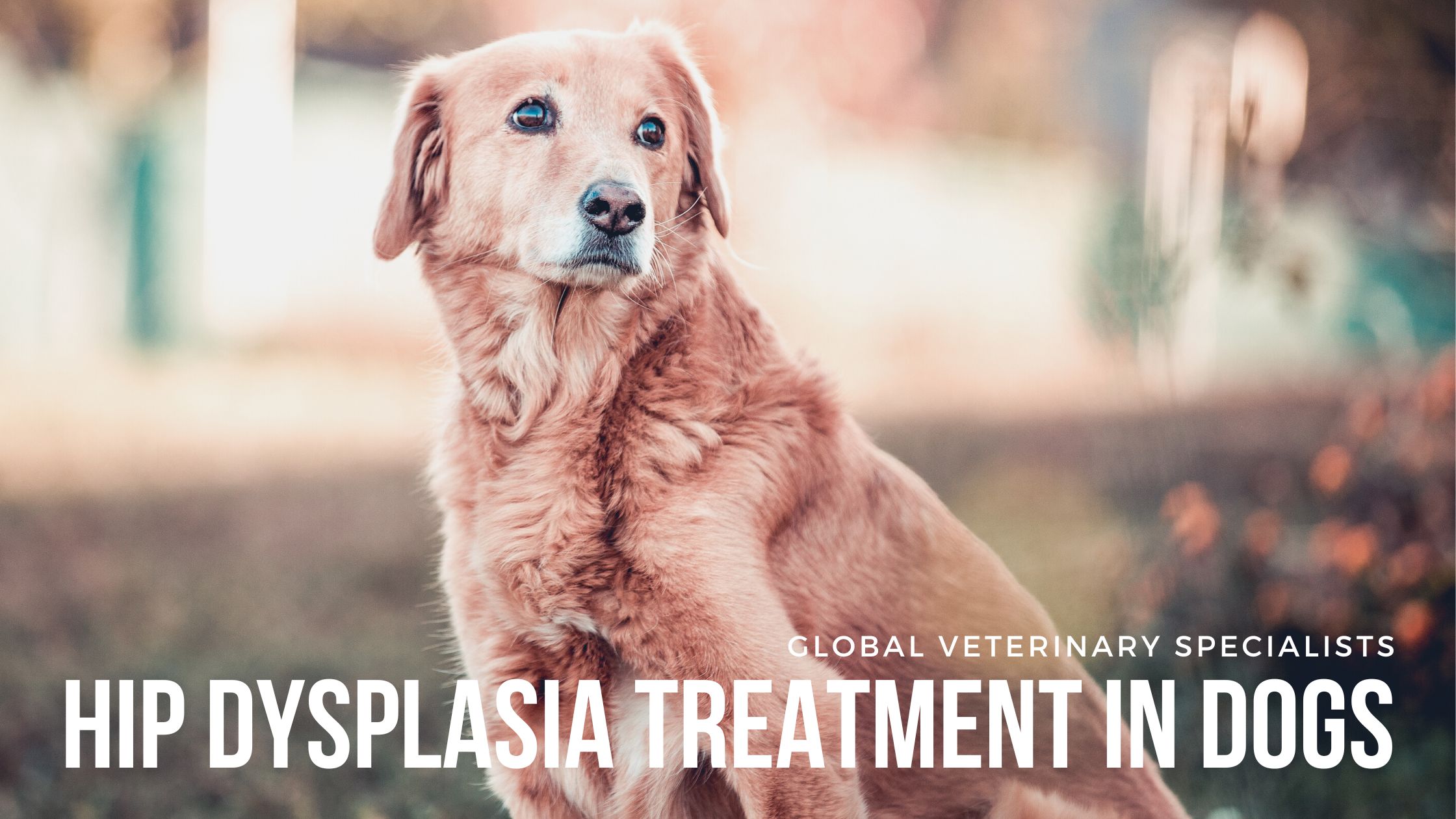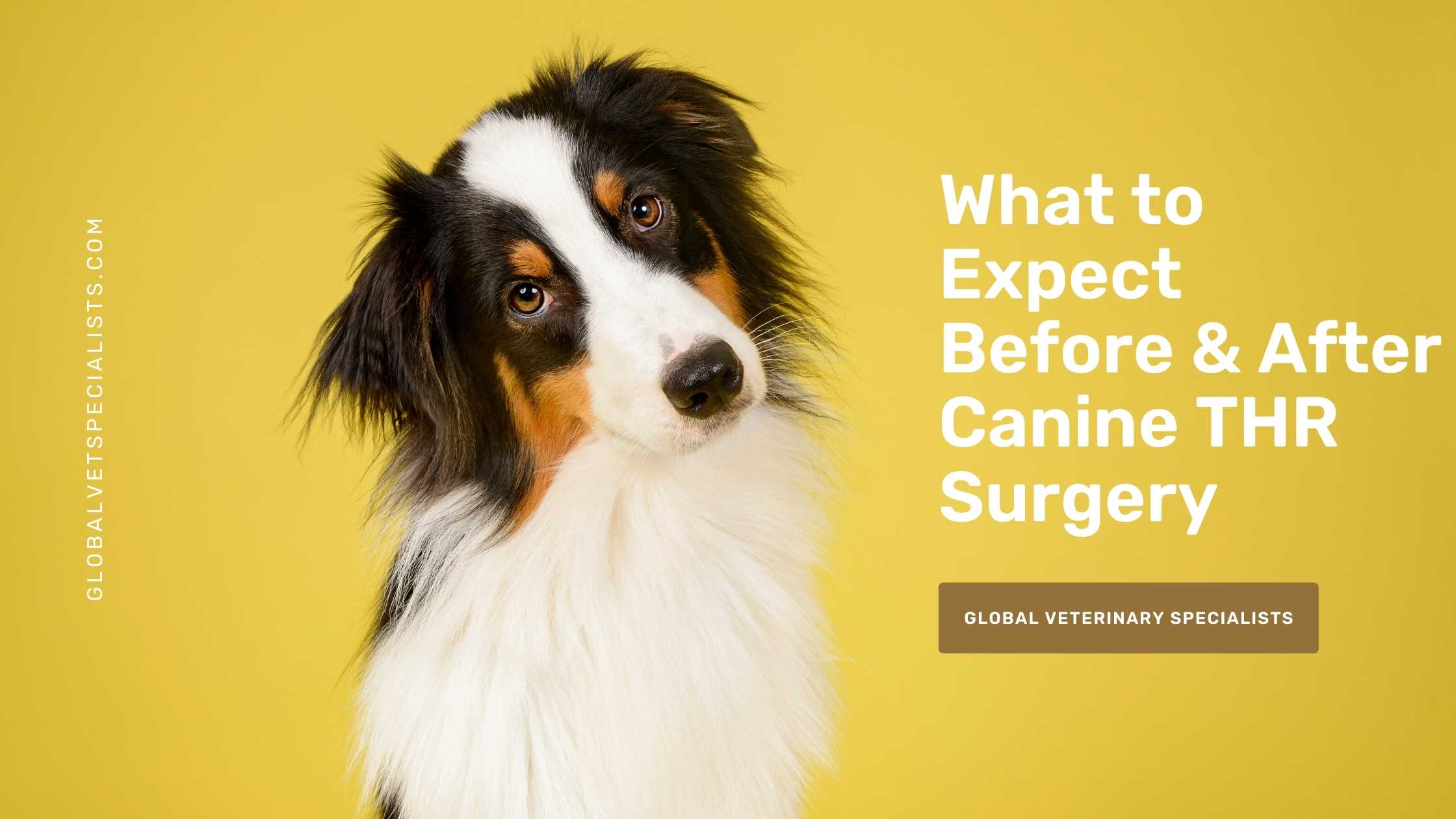When puppies, up to 16 weeks of age, supper from hip dysplasia, Juvenile Pubic Symphysiotomy (JPS) surgery is used to cause a change in the orientation of the hip socket with the growing pelvis in order to increase the contact surface area between the hip socket and the weight-bearing portion of the femoral head. Who...
Category: Global Veterinary Specialists
Hip Dysplasia and Its Causes
There are many causes of hip dysplasia (HD), but one of the most common is abnormal laxity of the hip joint, in which the ball and socket do not fit properly. This leads to inflammation and pain and may eventually require hip replacement surgery. In order to identify the exact abnormal hereditary code for the...
Is Your Pup Suffering From Hip Dysplasia? Learn More About TPO Surgery
With Triple Pelvic Osteotomy (TPO), young dogs with hip dysplasia can improve their symptoms by improving the poorly shaped hips dealt out by nature. The results can be life-changing and amazing for your pup. However, not all dogs are able to handle TPO surgery and ultimately are not good candidates. Read below to learn the important...
Hip Dysplasia: Is My Pet in Pain?
Hip dysplasia (HD) is abnormal joint laxity (looseness) of the hip joint. Hip dysplasia is a common cause of hind limb lameness. At the beginning of this disease, most dogs and cats may not typically show signs of pain; but keep an eye out for anything unusual as this can cause deterioration of their joints...
When Should I Look Into Total Hip Replacement For My Dog or Cat?
If you have any concerns about your companion having hip problems; ask a veterinary surgeon when you should start considering Total Hip Replacement (THR)surgery for your fur baby, the sooner you get started – the better! Hip dysplasia is a condition that is characterized by abnormal joint laxity in which the head of the femur does not fit tightly within...
Hip Dysplasia Treatment in Dogs
One of the most common causes of hind limb lameness within varying dog breeds and sizes is hip dysplasia. When the ball does not fit tightly inside its socket, this condition occurs; causing abnormal joint laxity or looseness that can worsen over time without proper treatment. If hip dysplasia is left untreated, joint damage and...
What to Expect Before & After Canine THR Surgery
The objective of canine total hip replacement (THR) is to establish a pain-free joint with normal biomechanical function in medium, large, and giant breed dogs. When highly qualified surgeons perform this procedure, all potential risks are minimized, ensuring your pet’s complete recovery. To determine if your pet is a suitable candidate for total hip replacement, please discuss...
Protect Your Pets This Holiday Season
With the holiday season in full swing, many people may be scrambling to finalize plans for the weekend ahead while double-checking their various lists, including the following list of veterinarian-provided tips for protecting your pets during the holiday season. Beware of Holiday Foods As you prepare your holiday feasts and sweets, remember not to share any...
Ask the Veterinary Surgeon: What is Secondary Osteoarthritis?
Osteoarthritis (OA), also referred to as Degenerative Joint Disease (DJD), is defined as the progressive deterioration of the cartilage surrounding the joints. The American College of Veterinary Surgeons characterizes it as a loss of joint cartilage, thickening of the joint capsule, and the development of bone spurs (osteophytes). That can result in inflammation, discomfort, and decreased...
What is a Board-Certified Veterinary Surgeon?
Treating moderate to severe hip dysplasia – a painful condition characterized by abnormal joint laxity of the hip joint – surgically is best managed by a board-certified veterinary surgeon like Global Veterinary Specialists founder Dr. William Liska. A board-certified veterinary surgeon has completed additional years of training, successfully meeting the American College of Veterinary Surgeons (ACVS) specific...









